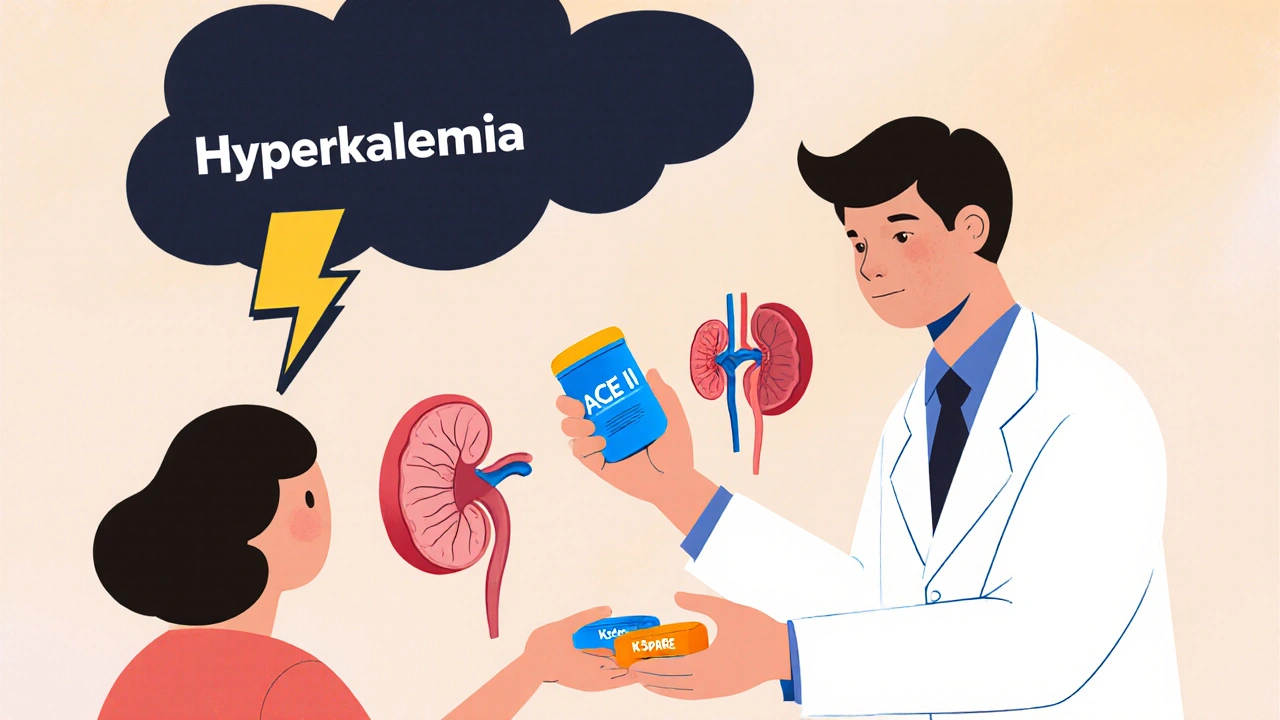Monitoring: Your Essential Health Companion
When talking about Monitoring, the systematic process of regularly checking health indicators, medication effects, or disease progression. Also known as health monitoring, it helps you stay ahead of problems before they become serious.
One common form is seizure monitoring, continuous observation of seizure activity using devices or diaries, which lets doctors adjust antiepileptic drugs promptly. Another critical piece is medication monitoring, tracking how drugs affect you over time. It covers side‑effect checks, dose tweaks, and interaction alerts. Finally, blood glucose monitoring, regular measurement of sugar levels to manage diabetes shows how tiny fluctuations can signal larger health shifts. Together these areas illustrate how monitoring encompasses specific sub‑tasks, requires accurate tools, and influences treatment outcomes.
Why effective monitoring matters
Imagine trying to steer a car without a speedometer—you’d have no clue if you’re going too fast or too slow. Monitoring works the same way for your body. By logging blood pressure, heart rhythm, or hormone levels, you give clinicians a clear map of where you stand. This data drives decisions like whether to tighten a diabetes regimen, add a new antidepressant, or schedule a follow‑up scan. The more precise the measurements, the sharper the treatment plan. For example, regular monitoring of thyroid labs can catch subtle shifts before symptoms appear, saving weeks of fatigue.
Modern tools make tracking easier than ever. Wearable patches record seizure spikes, Bluetooth glucometers sync sugar readings to phone apps, and medication apps send reminders and flag missed doses. These devices generate real‑time alerts, turning passive observation into active management. Still, technology is only half the story; you need to understand what numbers mean. A high‑frequency seizure count might suggest a need for medication change, while a stable glucose trend can confirm that your diet is on point. Knowing when to act and when to observe is the art of good monitoring.
Our collection below pulls together articles that dive deep into each monitoring niche. You'll find side‑by‑side drug comparisons that show why safety monitoring matters, dosage guides that stress the role of blood‑sugar checks, and practical tips for using home‑based seizure trackers. Whether you’re a patient wanting DIY tips or a caregiver looking for reliable resources, the posts give you concrete steps to make monitoring work for you.
Ready to explore the specifics? Scroll down to discover detailed guides, latest research highlights, and handy how‑to lists that turn monitoring from a buzzword into a daily habit that protects your health.
Learn why ACE inhibitors combined with potassium‑sparing diuretics boost hyperkalemia risk, who is most vulnerable, and how to monitor, prevent, and treat dangerous potassium spikes.

